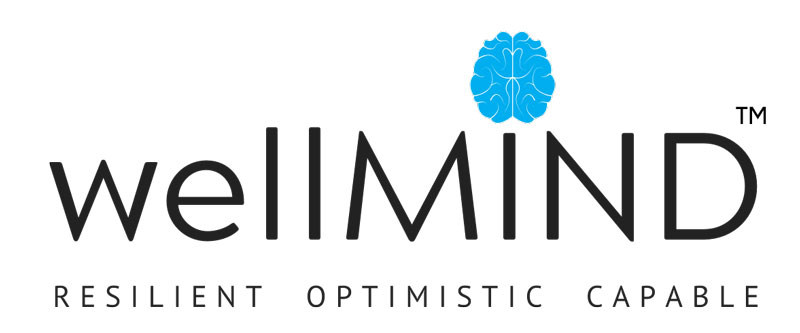
Wellbeing has become a priority for every organisation. There is no denying the importance of people having a strong sense of physical, social and psychological wellness. Clearly, the benefits to employers are great – less absenteeism, reduced stress claims, increased morale, strong culture and improved outcomes. However, not every organisation has the budget, in-house expertise and resources to implement an effective and sustainable program that will engage the majority of staff. While some programs are well-intended and sometimes well-resourced, they miss the mark in terms of authenticity and flexibility. The following are some of the reasons why wellbeing programs fail.
1. The program is seen as ‘tokenistic’.
Following years of new initiatives, increased expectations and workloads and protestations of change fatigue, staff can become cynical of a focus on wellbeing. With a tendency to associate wellbeing with workload, staff can perceive wellbeing programs as superficial lip service from an organisation that asks that they continually improve across many aspects of their core work.
2. The program focuses on social and physical elements rather than psychological.
It is easy to plan and host social events such as morning teas, breakfasts and dinners that may (or may not) be well attended. While these events certainly serve a purpose, if there is no focus on other aspects of health and wellbeing, organisers risk missing the opportunity to truly assist staff in developing a toolkit of strategies to support wellbeing long term.
Programs comprised solely of physical activities such as step or sleep challenges, yoga sessions, Tai Chi, massages and sport sessions are enjoyable for some, but in the workplace, they often do not attract the actual people for whom it may be intended.
In fact, many adults prefer to take part in physical activity in private or in their own time and – regardless of what is on offer – individual preferences are wide ranging and many staff may choose to opt out.
The bottom line is – programs reliant on social and physical activities only may be highly visible, but often do not ensure wide-spread participation or sufficiently emphasise the psychological aspects that can help in the long-term.
3. Systemic triggers are ignored.
Wellbeing is an individual responsibility. Ultimately, individuals make choices across their lifetime that impact on their health and wellbeing. This is a convenient truth for leaders, but it ignores the reality of systemic pressures that can have a massive impact on an individual’s wellbeing. Uncertainty, rapid change, too many priorities and the never-ending renewal of policies and procedures can eat away at staff morale, motivation and engagement and increase stress at all levels of the organisation.
When the reality of increased workload and expectations is acknowledged and proactive strategies and support are implemented at peak times, leaders are seen to acknowledge the ‘brutal facts’ in a more authentic way.
4. There is no common language embedded across the organisation.
The power of a common language cannot be under-estimated. Improved communication and understanding among staff is an obvious benefit when individuals have shared mental models and vocabulary around wellbeing. Only when there is consensus around what wellbeing entails – and the language and strategies to improve are established – that staff are able to clearly articulate obstacles and progress and support their colleagues to do the same.
Additionally, once established, this common language of wellbeing can be leveraged across existing operational platforms to facilitate a positive, supportive culture of improvement.
5. There is no cohesion between staff, student and community programs.
To build on a common language and engage a multi-pronged approach to wellbeing, programs that focus on staff, students and the community can greatly enhance relationships and understanding across all groups within a school community. In fact, when all stakeholders hear consistency throughout an organisation, they are more likely to perceive a wider community that is cohesive and reliable.
To have caregivers equipped with the school’s language of wellbeing can ensure that they are familiar with expectations and facilitate more effective reinforcement of school strategies at home. Subsequently, this common understanding can also provide a platform from which to address non-compliance in a positive, supportive way.
 Where to from here?
Where to from here?
We all want to live a good, happy life. Some of us may be focused on finding ways to be the best version of ourselves at work, in our relationships or in the pursuit of the things we enjoy. Some of us just need some tips on staying in control and getting through life’s challenges in one piece. Whatever your situation, we can all benefit from investing in our wellbeing and building our resilience.
wellMIND™ is an evidence-based program incorporating skills and strategies shown to cause lasting psychological and physical health benefits and build resilience at work and at home.
Learn more about how wellMIND™ can help your people thrive at work and in life here.
